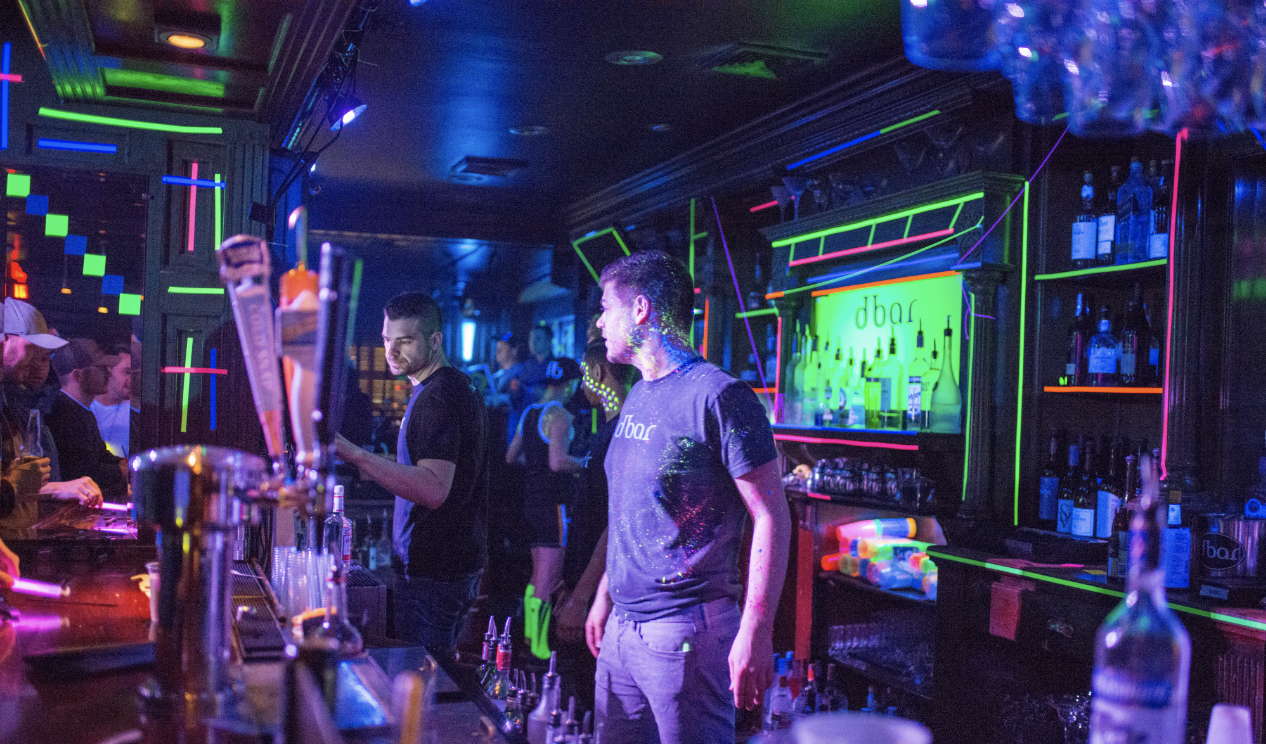Mastering Low-Light Footage: Expert Tips for Capturing Stunning Videos in Las Vegas
Cameras in the dark: Learn to capture great footage in low light with these tips!
Let’s talk low-light video production: we’re going to provide you with solid tips for how to capture captivating footage in challenging lighting conditions. Let's explore the best practices for capturing footage in low-light environments.
1. Selecting the Right Camera Equipment:
To excel in low-light conditions, it's crucial to invest in quality camera equipment. Consider cameras with the following features:
- Full-Frame or Super 35mm Sensor: These larger sensors offer improved low-light performance, higher dynamic range, and reduced noise.
- Fast and Wide-Aperture Lenses: Opt for lenses with low f-numbers (e.g., f/1.4 or lower) to allow more light into the camera sensor.
- Image Stabilization: Built-in or optical stabilization helps reduce blur caused by camera movement.
2. Understanding the Location's Lighting Challenges:
Each location in Las Vegas may present unique lighting challenges. It's important to scout the area beforehand to determine potential obstacles such as:
- Insufficient Ambient Lighting: Identify areas with inadequate natural or artificial light sources.
- Harsh Contrasts: Determine if there are extreme differences in light levels, such as bright marquees against dark backgrounds.
- Flickering Lights: Las Vegas is known for its vibrant neon signs, which may introduce flickering or inconsistent lighting that needs to be managed.
3. Overcoming Low-Light Obstacles:
Here are some practical techniques to overcome common low-light obstacles and capture great footage:
- Use Manual Exposure: In low light, relying on automatic exposure settings may result in underexposed footage. Adjust the aperture, ISO, and shutter speed manually to achieve the desired exposure.
- Utilize Available Light Sources: Identify and leverage existing light sources such as streetlights, architectural lighting, or signs to enhance your footage.
- Add Artificial Lighting: Supplement available light with portable LED panels, off-camera flashes, or even practical lights to add more illumination to the scene.
- Shoot in RAW: Recording footage in RAW format provides greater flexibility in post-production, allowing for better noise reduction and color grading.
4. Implementing Camera Techniques:
Applying specific camera techniques can greatly improve your low-light footage:
- Slow Shutter Speeds: Experiment with slower shutter speeds to allow more light into the sensor, but be cautious of introducing motion blur.
- Steadicam or Gimbal: Stabilize your camera using a steadicam or gimbal to ensure smooth and shake-free shots, especially in low light where longer exposures may be necessary.
- Noise Reduction: After shooting, use post-production software to reduce noise while preserving image details.
Mastering low-light footage requires a combination of quality camera equipment, a deep understanding of the location's lighting challenges, and expert techniques. By following these best practices, you'll be able to capture stunning videos that captivate your audience even in challenging low-light environments. Contact us today to elevate your video production needs in Las Vegas!




